USA and Canada

Crop Tour Preview: 70% of Nebraska Corn in Good to Excellent Condition
Heat and humidity have dominated weather headlines for Nebraska in recent weeks, though conditions in most of the state are not nearly as severe as they are for two of its neighbors, South Dakota and Wyoming.
Enough rain has fallen on Nebraska corn and soybeans this season that both crops are still in relatively good shape overall, for now.
That’s what scouts are likely to find as they evaluate both crops across the state on Aug. 16-17, as part of the annual Pro Farmer Crop Tour.
As of Aug. 8, 70% of the Nebraska corn crop was in good to excellent condition, according to USDA-NASS. That compares to 64% of the total U.S. corn crop with those condition ratings. Along with that, USDA rated 20% of the Nebraska corn crop as fair.
Read More…
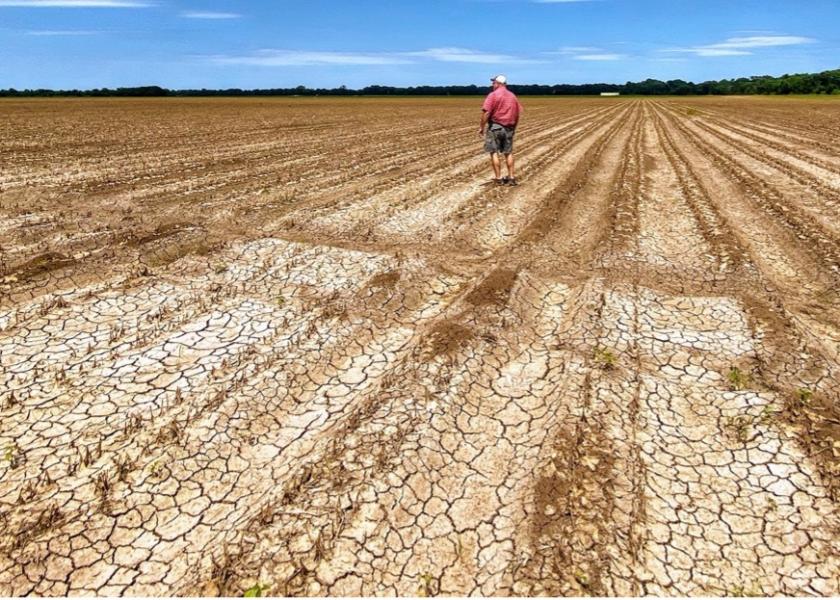
Freakish Flood: Arkansas Farmers Fight $250M Crop Loss after Historical Summer Deluge
In the same crop year as the ground groans from extreme drought in the Great Plains and West, farmers in southeast Arkansas are drowning in the aftermath of water world. In a matter of days, freakish summer rains devastated many operations, and the financial blow may push some young producers permanently out of business.
In June and July 2021, a stretch where pivots and polypipe carry the bulk of water to row crops in Arkansas, a one-two punch of near-unprecedented amounts of rainfall swamped at least 600,000 acres of farmland. Wes and Vonda Kirkpatrick’s farming operation was in the bull’s-eye of standing water, and the Desha County residents are emblematic of affected growers, forced to watch as a major portion of their production was erased for the year.
Read More
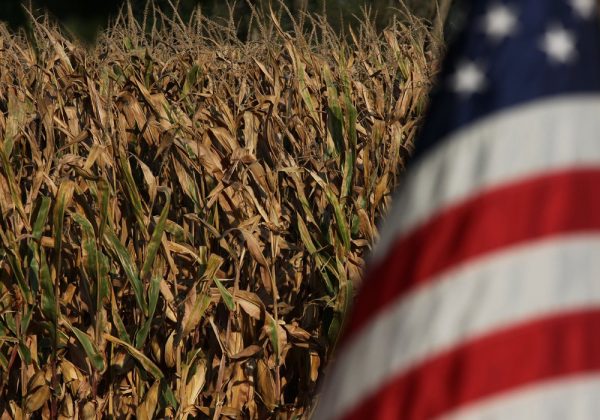
U.S. slashes outlook for corn, soybean harvests
CHICAGO, Aug 12 (Reuters) – U.S. corn and soybean production will be smaller than previously thought as dry soils in key western growing areas cut into the potential for a bumper harvest, the government said on Thursday.
ADVERTISEMENT
Corn production was likely to reach 14.750 billion bushels, based on an average yield of 174.6 bushels per acre, the U.S. Agriculture Department said in its monthly World Agricultural Supply and Demand Estimates report. Soybean harvest was pegged at 4.339 billion bushels on an average yield of 50.0.
Canada might be the one dry bean growing region in North and South America that does okay this year.
Read More…
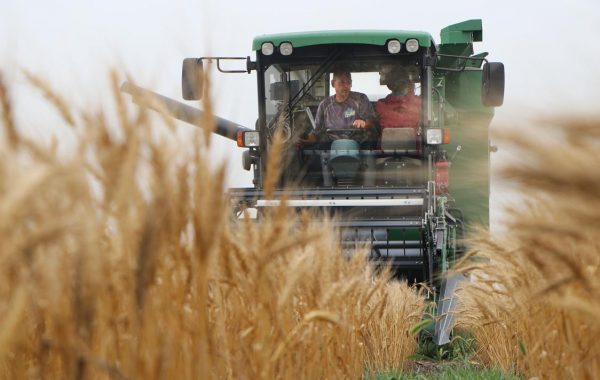
Government of Canada invests to help over 500 innovative companies develop natural products
Network to boost the development and commercialization of natural products and technologies in Canada
Canada’s natural products sector remains largely untapped, although it has the potential to offer vast environmental, health and economic benefits to Canadians. This includes everything from agriculture to wastewater treatment, veterinary care and green household products. Many of the businesses breaking new ground are currently working on their own and would benefit from the knowledge and expertise of others in the sector to bring their products to market and, eventually, to consumers in Canada and around the world.
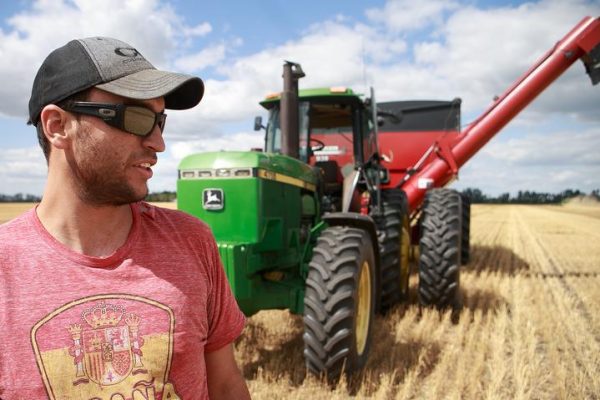
North Dakota, Minnesota farmers seeing varied wheat yields, higher prices
DRAYTON, N.D. — Dust billowed behind combines harvesting wheat along the I-29 corridor this week as farmers worked to wrap up the 2021 harvest.
Early planting last spring and an extremely dry summer with hot temperatures that pushed the small grains crops, including wheat, to mature quickly has resulted in one of the earliest harvests in recent years. Most small-grains farmers in northeast North Dakota and northwest Minnesota have completed their harvests, or expected to by the end of the week, barring rain delays.
Rain delays during harvest have been spotty. For example, rains fell Monday and Tuesday, Aug. 9 and 10, east and west of Grand Forks, delaying harvest for a few days, while some fields in the northern Red River Valley had little, if any, rain.
Read more…
New Zealand
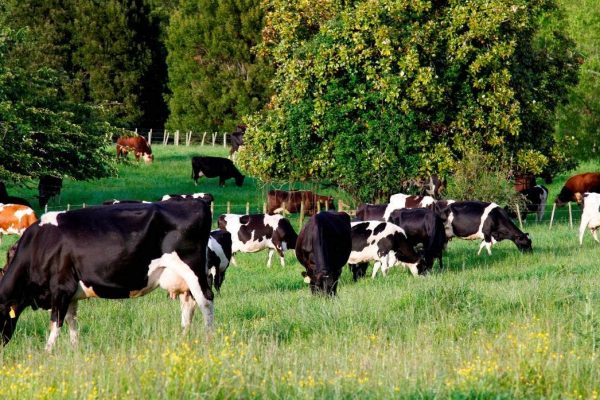
Fonterra looks to get more value for NZ’s ‘white gold’ as cow numbers decline
Fonterra is looking to eke more value out of New Zealand milk as it faces a future with fewer cows.
As part of its strategic reset under chief executive Miles Hurrell in 2019, Fonterra shifted its focus away from expanding its milk pools overseas to concentrate on enhancing the value of the milk produced by its 10,000 farmer shareholders at home.
“We were growing at that point a global milk pool and so we were trying to say ‘all milk is equal’,” Hurrell told a media briefing at the co-operative’s research and development centre in Palmerston North in June.
Read More here…
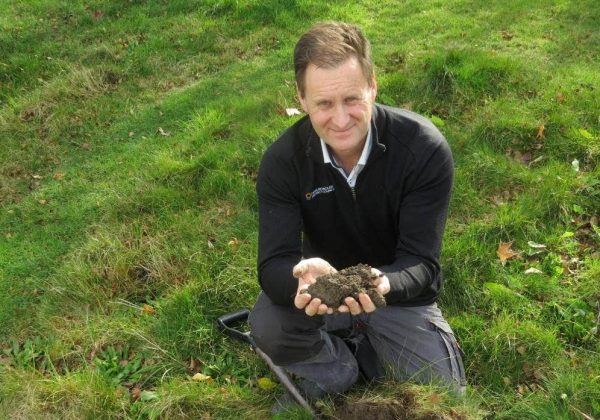
Dirt poor: Change required to improve vineyard soils
Compaction under wheel tracks on vineyards is one of the concerns highlighted by a new Marlborough soil quality report, along with reducing levels of soil carbon under vines.
“Some vineyards are better than others, there is no doubt about it,” says Marlborough District Council environmental scientist Matt Oliver, who co-authored the report, presented to council last month.
“But they all have compaction to some degree. They all have degraded soil carbon to some degree.”
The Soil Quality Monitoring Programme has been operating for 20 years, looking at pasture, cropping and viticulture soils, and has begun to clearly identify a declining trend in some soil quality parameters, according to the report.
Read More here…
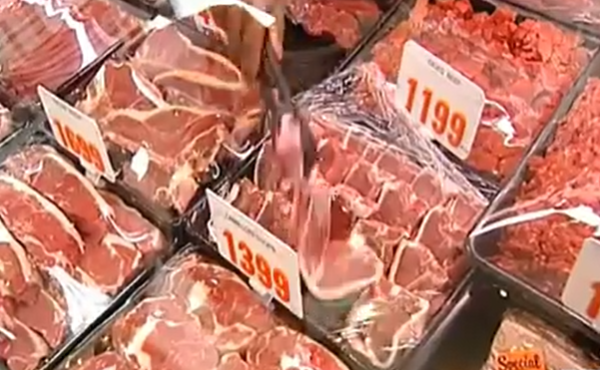
NZ urged to tax meat and dairy to save the climate
New Zealand is one of 50 countries being called on to introduce or raise taxes on meat and dairy, in the hope reduced consumption will help lower greenhouse gas emissions (GHGs).
A number of non-profits and activist groups have signed an open letter organised by the True Animal Protein Price Coalition (TAPP), a Europe-based organisation which wants “fair prices and taxes to make the production and consumption of meat and dairy more sustainable”.
Meat and dairy production emits far more GHGs than making the equivalent amount of plant-based food. A study in Germany last year found meat should cost about 2.5 times more than it does, based on the impact it has on the environment.
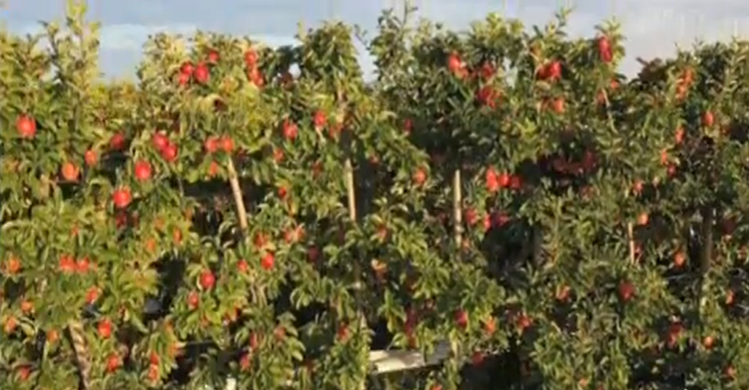
New Zealand’s apple growers preparing for Pacific RSE workers still don’t know how many they’ll get
New Zealand’s apple growers are gearing up to welcome back more Recognised Season Employees (RSE) from the Pacific.
The Government’s allowing workers from Samoa, Tonga, and Vanuatu to bypass MIQ from next month, but exactly how many is still unknown.
August is pruning season on Hawke’s Bay apple orchards. Not a lot of fruit to be found, but still plenty of work.
Read more here…

Given current carbon prices, the march of the pine trees across the landscape has only just begun. The implications are massive
My previous article on carbon farming focused on the North Island hard-hill country. If financial returns are to be the key driver of land-use, and based on a carbon price of $48 per tonne, then the numbers suggested that carbon farming on that class of country is a winner.
By my calculations, sheep and beef farms on this hard-hill country provide an internal rate of return (IRR) of around 2%, whereas my recent estimate for carbon farming was 9.7%.
Here I extend the analysis, still using a price of $48 per tonne, by looking at the easier hill country that Beef+Lamb (B&L) categorise as ‘Class 4 North Island Hill Country’. This fits between their ‘Class 3 North Island hard-hill country’ and the ‘Class 5 North Island intensive finishing farms’.
Read More here…
Australia
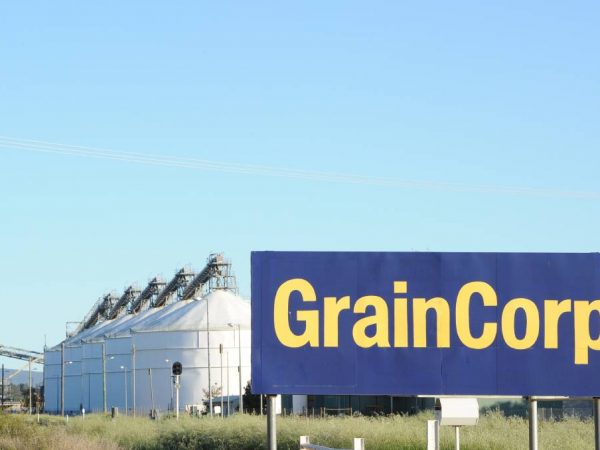
GrainCorp fortunes soar as export demand and prices leap
Surging overseas demand for Australian grain has revved up profit expectations for GrainCorp which is lifting its full year forecast by another $40 million.
The big east coast grain logistics, marketing and processing business will officially post its 2020-21 financial results in November, but has hinted net profit after tax will jump from earlier forecasts of between $80m and $105m to at least $125m – maybe as high as $140m.
Total exports for the trading year are expected to be close to 8m tonnes, while stored grain carry over at the end of September was likely to land at the high end of a range between 3.5m and 4.5m tonnes.
It’s the second time GrainCorp has upgraded its earnings forecasts since May, thanks largely to another promising harvest on the horizon and soaring export grain demand in the wake of northern hemisphere crop setbacks.
Read more here…
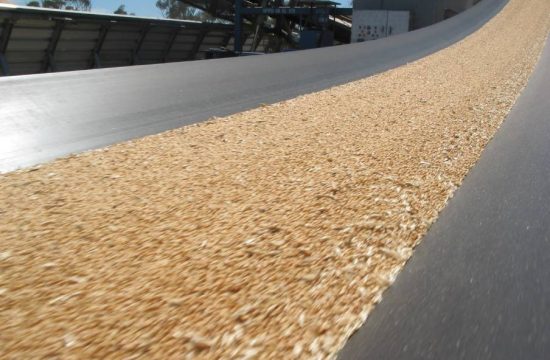
La Nina threatens northern winter crops
The prospects of a record wheat harvest in Argentina this season have taken a hit during the past two weeks, as bad weather threatens to derail crop progress.
A lack of soil moisture and regular frosts in the northern and central regions are the biggest issues in the near term as the crops approach spring and enter the critical – and moisture dependent – reproductive phase.
The US Department of Agriculture’s (USDA) Foreign Agricultural Service (FAS) released its latest Grain and Feed Update for Argentina on July 27 – before the recent weather concerns became apparent.
It expected the nation’s wheat production to reach a record 20.8 million tonnes in the 2021-22 marketing year.
Read more here…
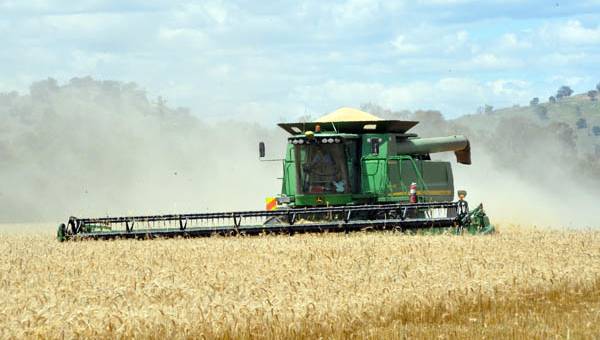
Queensland wheat crop estimates climb
A timely start and well above average winter rainfall put Queensland grain farmers on track for a bumper winter crop.
Southern Queensland farmers have been confident of well above average crops for since early winter. After a dry start to the season, Central Highlands growers are becoming more upbeat about crop prospects after improved rain over the past 10 weeks. Although crop conditions across CQ are patchy, timely rains in June and July have benefited crops.
Growers across southern Queensland are saying yield potential is as good as they have seen. The combination of above average rain in June and July and mild temperatures have been ideal for crop growth.
Read more here

Drone Deploy expands with acquisition of robotics software company Rocos
New Zealand robotics software company Rocos has been snapped up by a Silicon Valley business this week.
The acquisition will enable San Francisco-based drone data company DroneDeploy to make physical workflow automation possible.
DroneDeploy’s software is used with aerial and ground robots on more than 400,000 job sites across the world in the agriculture, construction, energy sectors.
DroneDeploy CEO and co-founder Mike Winn said the acquisition would enable customers to automate ground-level data capture.
Read more here…
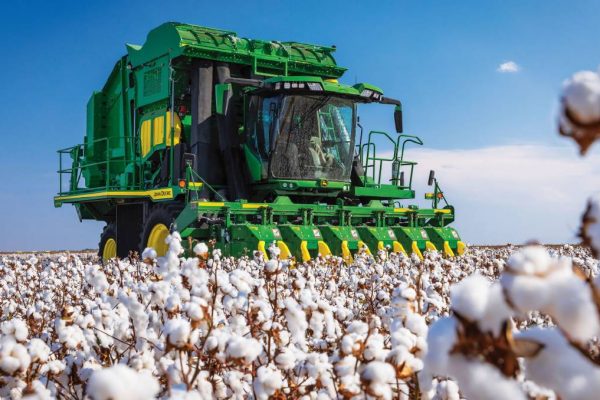
2021-22 cotton season shaping up to be one of the largest on record, Rabobank says
Excellent seasonal conditions and strong prices are fuelling a positive outlook for Australia’s cotton sector, with expectations next year’s crop could be one of the largest on record, according to Rabobank.
Rabobank senior commodity analyst Dr Cheryl Kalisch Gordon said the production and price outlook suggested there should be “no catches for cotton” as long as growers could get it in the ground this coming planting season.
Dr Kalisch Gordon said early planted-area forecasts for the 2021-22 Australian cotton crop pointed to a sizeable increase – anywhere from 49 per cent to more than 80pc year-on-year.
Read more here…
South America
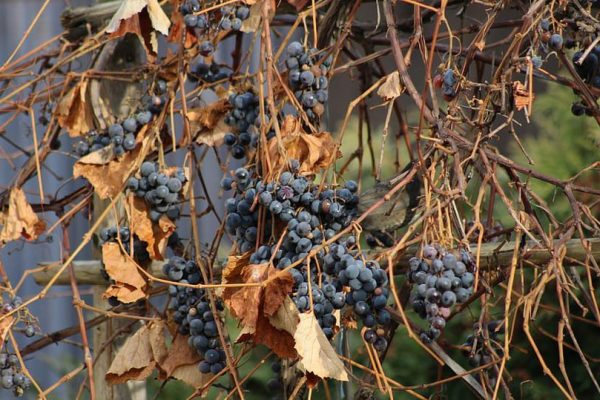
Chilean agriculture and fruit producers suffering the hydric crisis
Chile faces a “state of shock in agriculture and fruit growing” because of the severity of the hydric crisis and sustained drought, to which must be added the driest July in the country’s history, pointed out the president of the Chilean Federation of Fruit Producers, Jorge Valenzuela.
“Fruit production employs 700,000 people but if the situation continues there are some areas that will cease to produce, because of water availability or because they will decrease production. This means fruit farmers will have to decide what to plant from now onwards”.
Members of the Federation have been talking with local associations about the situation, which in some places because of the lack of a basic water supply, endangers the continuity of many fruit farms.
Read More here…

Brazil protein giant JBS moves into the fish production industry
Brazil’s JBS, one of the world’s largest protein processors with interests in three continents is moving into the fish industry following a deal for the purchase of Australia’s salmon farming company Huon Aquaculture for the equivalent of US$ 315 million.
The pre agreement already has the support of most shareholders and should be decided by the end of the year, following the approval by Australian authorities, according a release this week from the company.
Tasmania based Huon is Australia’s second largest salmon producer with an estimated output of 35,000 tons annually, supplying 40% of the domestic market, adds the release. Andrew Forrest, an Australian millionaire linked to mining purchased a 7,3% of the company, listed in the Sydney stock exchange, for some US$ 15 million last June.
Read More here
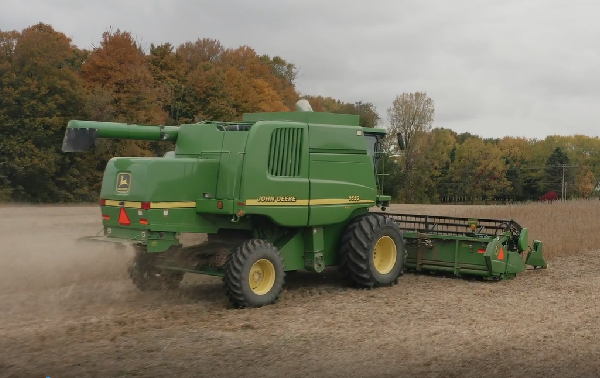
‘Once in 100 years’ drought seen affecting Argentine grains exports into next year
BUENOS AIRES (Reuters) -A once-a-century drought has lowered the water level of Argentina’s main grains transport river, reducing farm exports and boosting logistics costs in a trend that meteorologists said will likely continue into next year.
The South American grains powerhouse is the world’s No. 3 corn supplier and No. 1 exporter of soymeal livestock feed, used to fatten hogs and poultry from Europe to Southeast Asia. Farm exports are Argentina’s main source of hard currency needed to bolster central bank reserves sapped by a three-year recession.
Read more here
Food Updates

Plant-based protein market to top $150 billion by 2030 says new report
The plant-based foods market could make up to 7.7 percent of the global protein market by 2030, with a value of over $162 billion, up from $29.4 billion in 2020, according to a new report by Bloomberg Intelligence (BI). The report Plant-Based Foods Poised for Explosive Growth identifies growth expectations for the plant-based foods market through 2030, as global animal and dairy protein demand is poised to reach $1.2 trillion by then.
According to the new report, brands such as Beyond Meat, Impossible Foods and Oatly are driving an increase in plant-based food options as they partner with restaurants and major chains.
Read more here…

What’s eating away at UK consumers?
We launched Food and You 2 in 2020. It uses a ‘push-to-web’ approach to encourage respondents to take part online and covers England, Wales and Northern Ireland.
Read more here…

What should cell-based seafood be called?
The cell-based seafood sector will have to decide upon one name for its products that is easy for consumers to understand and is appealing.
Food companies, regulators, marketers, journalists and others should use the terms “cell-based” or “cell-cultured” when labelling and talking about seafood products made from the cells of fish or shellfish, according to a new Rutgers study in the Journal of Food Science.
The US Food and Drug Administration and US Department of Agriculture require food products to have a “common or usual name” on their labels, so consumers can make informed choices.
With more than 70 companies around the world developing cell-cultured protein products and more than $360 million invested in their development in 2020 alone, the adoption of one common name is crucial as products move closer to commercialisation.
Read more here…
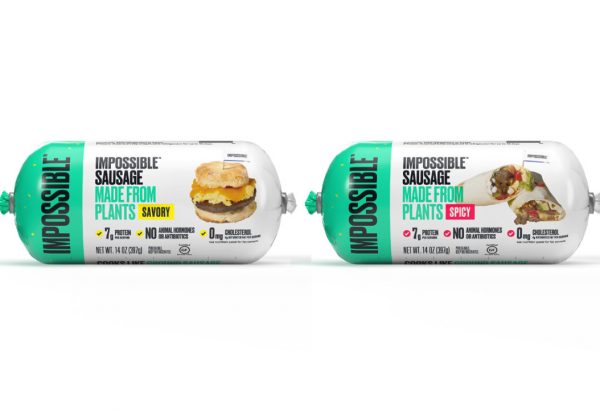
Impossible Foods debuts ground plant-based sausage at retail
Available in two flavors – Savory and Spicy – the sausage includes 30% fewer calories, 47% less total fat, and 43% less saturated fat when cooked, compared to the leading pork ground sausage.
“At Impossible Foods, we’re intent upon delivering on what consumers demand from meat, but without the compromise inherent in the use of animals for food production,” said Dennis Woodside, Impossible Foods president. “With our latest Impossible Sausage product for retail, we’re doubling down in our efforts to reach every home cook looking to satiate their cravings for sausage. We are excited to see what consumers cook up.”
Read more here…
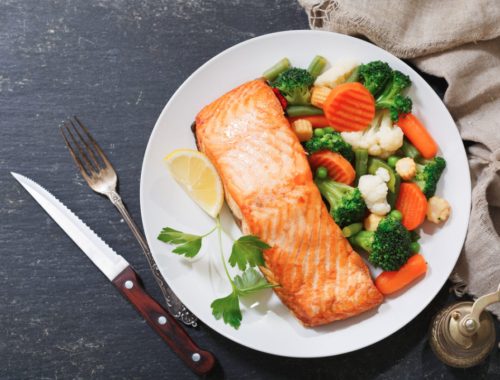
Study links plant, fish intake to lower COVID-19 risk
STAMFORD, CONN. — A study appearing online in BMJ Nutrition Prevention & Health on June 8 found an association between consumption of plants and fish and lower chances of COVID-19 infection. Those on a plant-based diet and those on a plant-based/pescatarian diet had 73% lower odds and 59% lower odds, respectively, of moderate to severe COVID-19 infection compared to those who did not follow those dietary patterns.
The study involved researchers from the Johns Hopkins Bloomberg School of Public Health in Baltimore, the Brigham & Women’s Hospital in Boston, Cedars-Sinai Medical Center in Los Angeles, Stamford Hospital in Stamford, Conn., and Columbia University in New York.
The researchers conducted an online survey from July through September of 2020 and gathered responses from 2,884 doctors and nurses with “extensive” exposure to SARS-CO-v2, the virus responsible for COVID-19.
Read more here…


